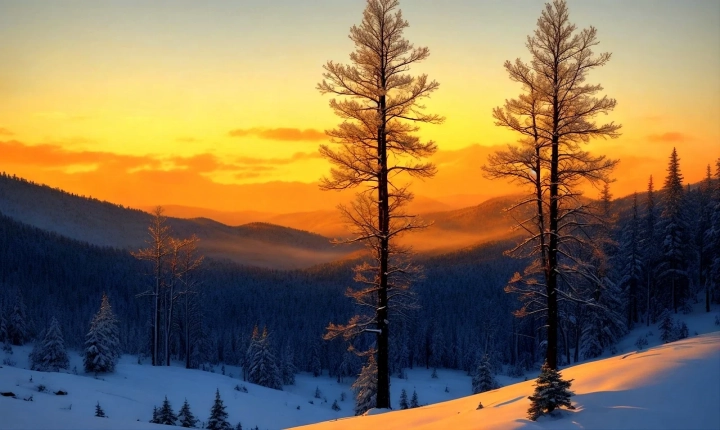Title: How to Get AI to Create an Image: A Step-by-Step Guide
In recent years, artificial intelligence (AI) has made significant strides in generating images and artwork with stunning realism and creativity. Whether you’re an artist, a graphic designer, or simply curious about AI’s capabilities, learning how to harness this technology to create images can open up a world of possibilities. In this article, we will explore a step-by-step guide on how to get AI to generate compelling images.
1. Choose the Right AI Tool:
The first step in creating an image with AI is to choose the right tool for the job. There are several AI-powered platforms and software available that specialize in image generation, such as DeepArt, Deep Dream, Runway ML, and Artbreeder. Each tool has its own unique features and capabilities, so it’s essential to research and select one that aligns with your specific needs and goals.
2. Input Image and Parameters:
Once you have selected an AI tool, the next step is to input an image or a set of parameters to guide the image generation process. Some tools allow you to upload an existing image, while others require you to specify parameters such as style, color scheme, and composition. Experiment with different input options to see how they influence the output.
3. Explore Generative Adversarial Networks (GANs):
Generative Adversarial Networks (GANs) are a type of AI model that consists of two neural networks – a generator and a discriminator – that work together to create new content. GANs have been successfully used to generate remarkably realistic images, and exploring GAN-based tools and models can provide exciting possibilities for image creation.
4. Experiment with Style Transfer:
Style transfer is a popular technique in AI image generation that involves transferring the artistic style of one image onto another. By leveraging AI algorithms, you can take the style of a famous painting, photograph, or other artwork and apply it to your own images, creating unique and visually compelling compositions.
5. Understand Training and Fine-Tuning:
Many AI tools and platforms allow users to train or fine-tune AI models for specific tasks, including image generation. By understanding the training process, you can customize AI models to produce images that reflect your aesthetic preferences and creative vision. This may involve adjusting parameters, providing feedback to the AI, and iteratively refining the output.
6. Combine Images with Other Media:
AI is not limited to generating images in isolation. You can explore using AI to create image-based compositions that combine with other media, such as music, text, or video. By integrating AI-generated images with different forms of content, you can unleash a whole new level of creative expression and storytelling.
7. Embrace Collaboration with AI:
Finally, embracing collaboration with AI as a creative partner can lead to innovative and unexpected results. Rather than viewing AI as a tool to replace human creativity, consider it as a complementary resource that can inspire and augment your own artistic process. By working alongside AI, you can explore new avenues of expression and push the boundaries of visual art.
In conclusion, getting AI to create images is an exciting and evolving field that offers endless possibilities for artists, designers, and enthusiasts. By following these step-by-step guidelines and exploring the diverse landscape of AI-powered image generation, you can unlock new levels of creativity and explore the intersection of technology and art.
As AI continues to advance, we can expect even more sophisticated and nuanced image generation capabilities, further blurring the lines between human and machine creativity. By staying curious, open-minded, and experimental, you can tap into the vast potential of AI to fuel your creative endeavors and expand your artistic horizons.
